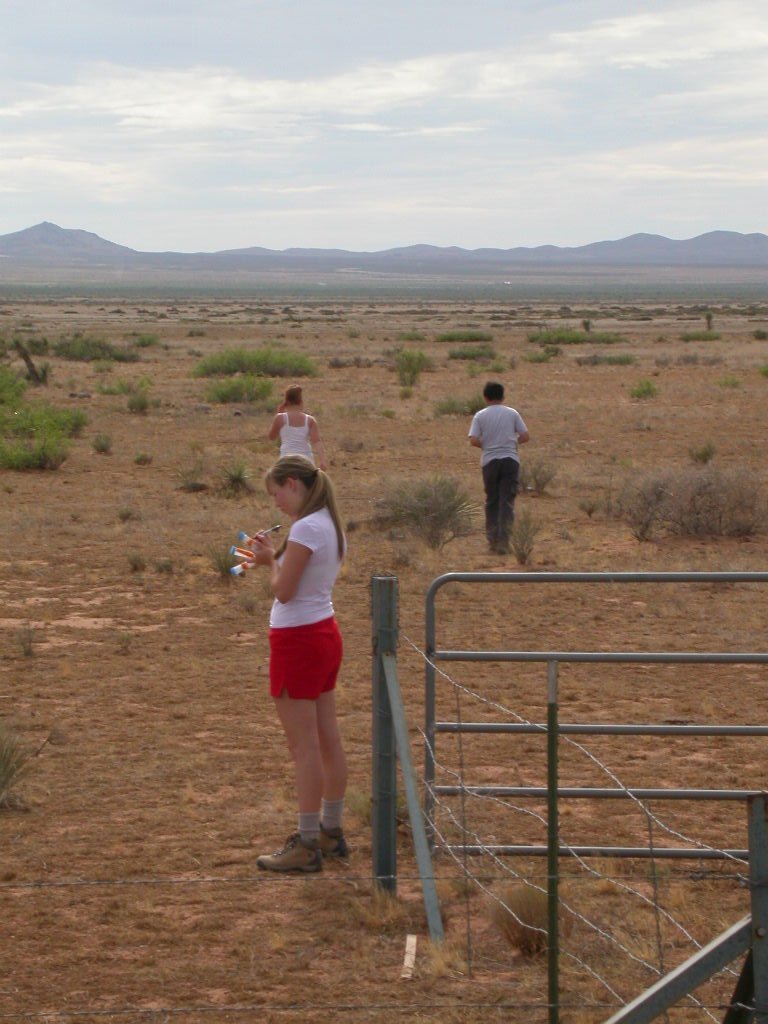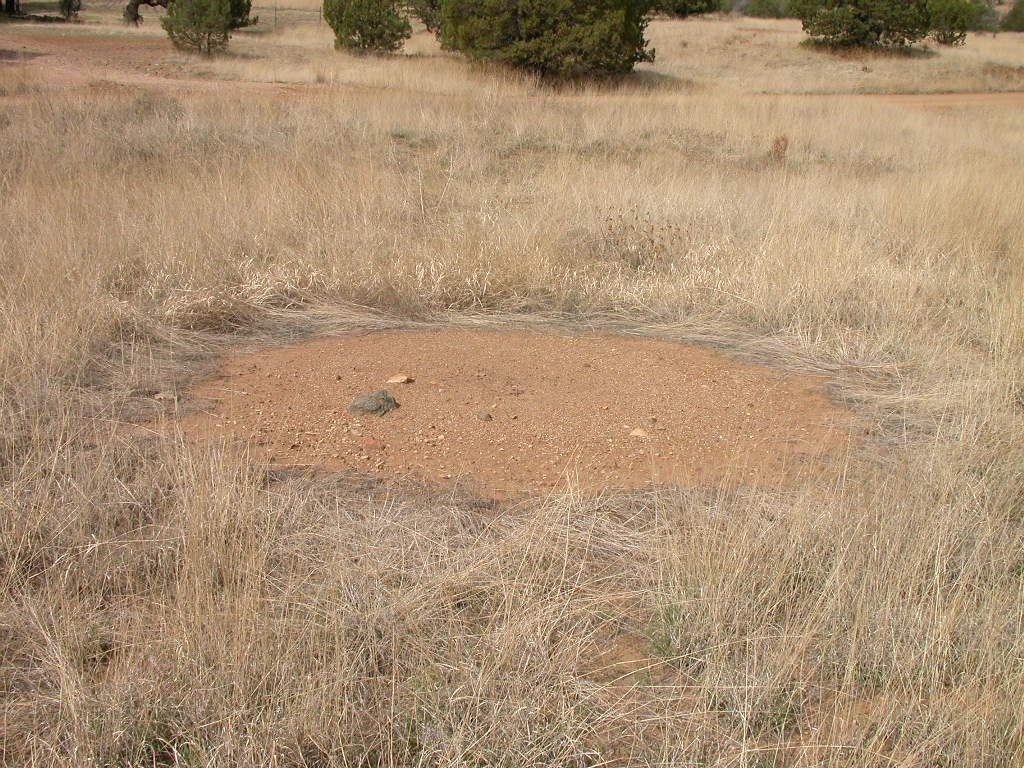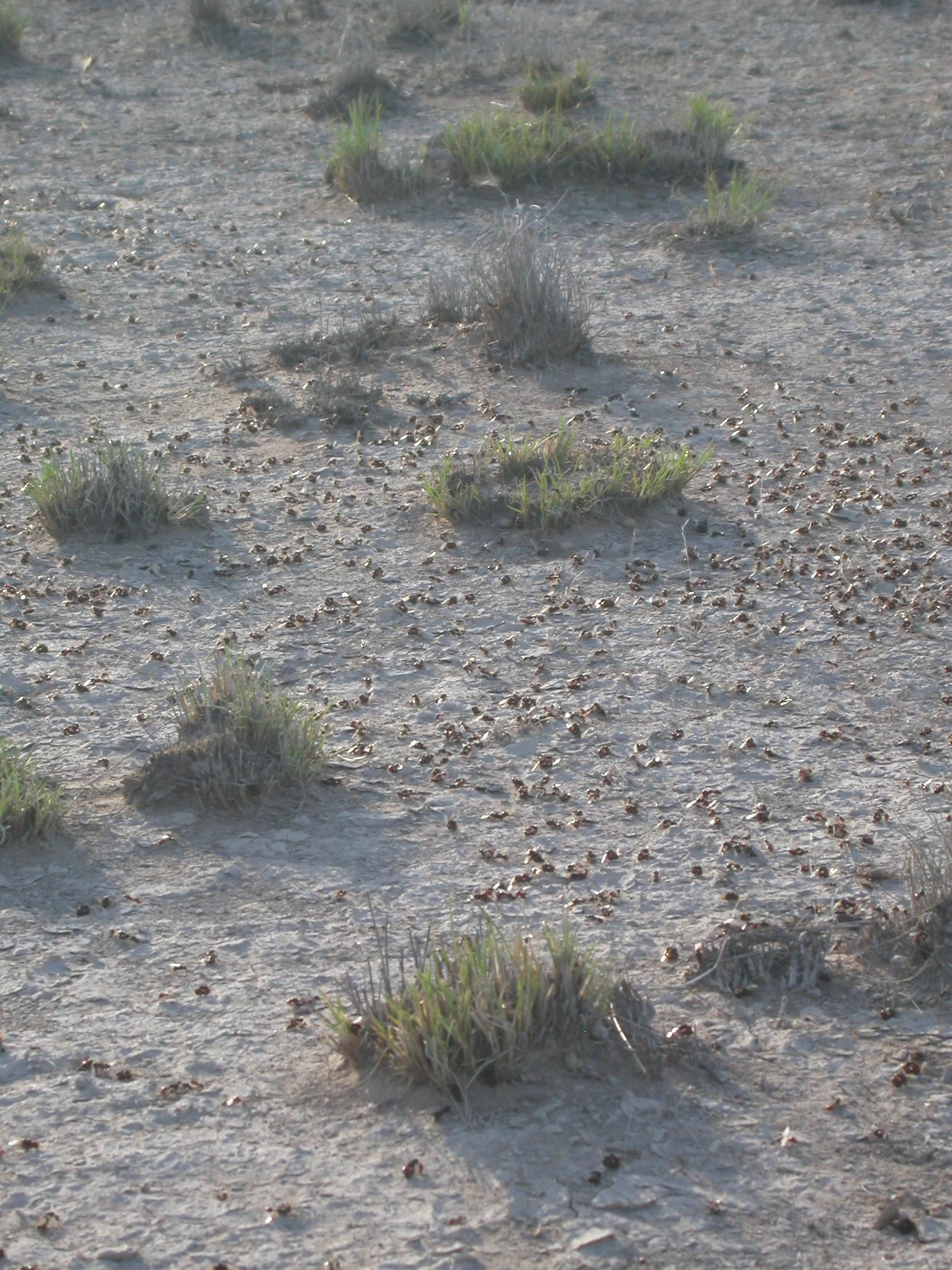Interspecific Hybridization and the Evolution of Alternative Modes of Caste Determination in Ants
Although the biological species concept defines species by their reproductive isolation from other species, interspecific hybridization in nature is not uncommon, and may play a larger creative role in the evolutionary process than has previously been appreciated.
In ants, where reproductive and non-reproductive roles are divided between queen and worker individuals, even sterile hybrids can contribute to colony function, and thus hybridization in eusocial organisms may confer unique ecological benefits if hybrids can be directed into the worker caste.
We investigate the origin, dynamics and consequences of hybridization in two genera of ants, the harvester ant genus Pogonomyrmex and the fire ant genus Solenopsis, in which interbreeding to produce hybrid workers has become an obligate component of their life history, fundamentally altering the evolutionary trajectory of hybridizing populations.






